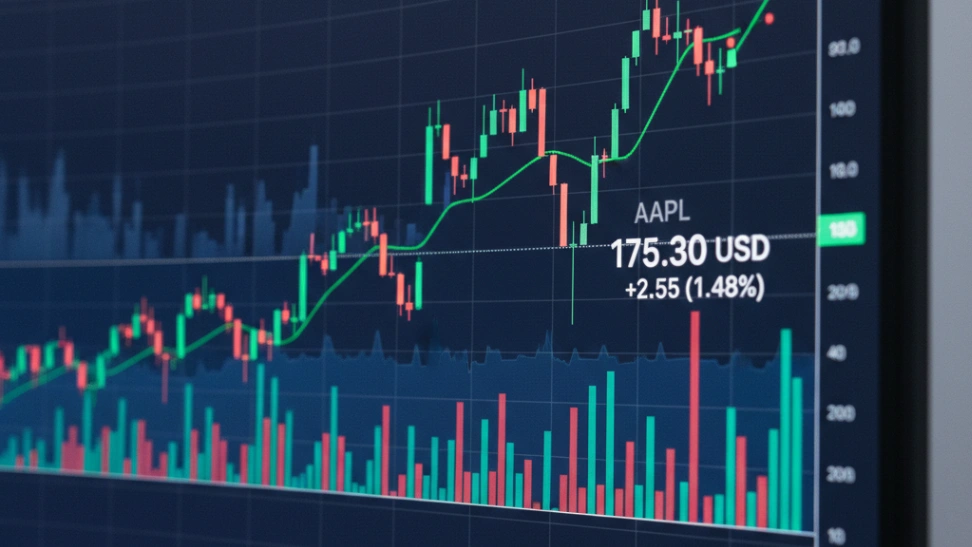The practice of day trading hinges primarily on technical analysis, where traders study price charts, volume data, and various indicators to identify patterns and predict future price action. Fundamental analysis, which focuses on a company's intrinsic value, is less emphasized, though macro-economic news and corporate announcements can certainly trigger intraday volatility that day traders aim to exploit. Common instruments include stocks, foreign exchange (forex), futures contracts, and options. Traders employ a variety of strategies, from scalping (profiling from tiny price changes) to momentum trading (riding strong trends), each requiring precise entry and exit points. The entire process is executed through specialized trading platforms that provide real-time market data, advanced charting tools, and rapid order execution capabilities, all under the umbrella of a brokerage account. The fast-paced nature means decisions must be made in seconds or minutes, often under considerable pressure, making it a mentally exhausting endeavor that demands constant focus and adaptability.
The origins of day trading are intertwined with the evolution of financial markets themselves, though the term "day trading" as we understand it today largely came into prominence with the advent of electronic trading and the internet. Historically, trading was a more manual, open-outcry process on exchange floors, making rapid, high-frequency intraday trades impractical for the average individual. However, professional floor traders often engaged in what could be considered early forms of day trading, leveraging their proximity to the market and information advantages. The real inflection point arrived in the late 20th century, particularly after the dot-com bubble burst around 2000. Prior to this, individual investors mostly relied on brokers for execution, which was slow and expensive for frequent trading. The deregulation of brokerage commissions and the rise of online trading platforms in the 1990s democratized access to markets, allowing individuals to execute trades directly and cheaply. This technological leap, coupled with increased accessibility to real-time data and advanced charting software, transformed day trading from an exclusive activity of institutional traders into a potential pursuit for anyone with an internet connection and capital. This era also saw an explosion of educational materials, some legitimate and many not, promising quick riches, which unfortunately also contributed to many beginners underestimating its difficulty and risks.
Psychological resilience is arguably the most critical trait for a successful day trader. Markets are inherently emotional, driven by fear and greed, and a trader's own psychology can be their greatest asset or their biggest downfall. The ability to remain objective, stick to a predefined trading plan even after a string of losses, and avoid impulsive decisions is paramount. Emotional biases like "fear of missing out" (FOMO), overconfidence after a win, or revenge trading after a loss can quickly decimate a trading account. Developing a strong mental game involves rigorous self-awareness, discipline, and a commitment to continuous self-improvement, often more so than mastering technical indicators. Traders must learn to accept losses as an unavoidable part of the game and not allow them to derail their strategy or emotional state. The solitary nature of the work can also be challenging, requiring strong internal motivation and accountability. Many successful traders integrate mindfulness practices and stress management techniques into their daily routines to maintain peak cognitive function under pressure. This aspect of the hobby is often overlooked by newcomers who are solely focused on strategies and indicators, yet it is consistently cited by veterans as the deciding factor between long-term success and ultimate failure.
Despite the significant challenges and the high rate of failure, day trading continues to attract many due to its tantalizing potential rewards. The allure of financial independence, the ability to work from anywhere, and the intellectual stimulation of constantly analyzing and adapting to market conditions are powerful motivators. However, it is crucial to approach day trading with realistic expectations, treating it as a serious business venture rather than a get-rich-quick scheme. It requires substantial initial capital not just for trading, but for education, software, and hardware. Moreover, the dedication to continuous learning is lifelong; markets evolve, and successful traders must evolve with them. While the dream of turning a small sum into a fortune through day trading is largely a fantasy, for those who commit to mastering its complexities, embrace risk management, and develop ironclad discipline, it offers a unique and profoundly engaging intellectual pursuit that, for a select few, can indeed lead to a fulfilling and financially rewarding career.



